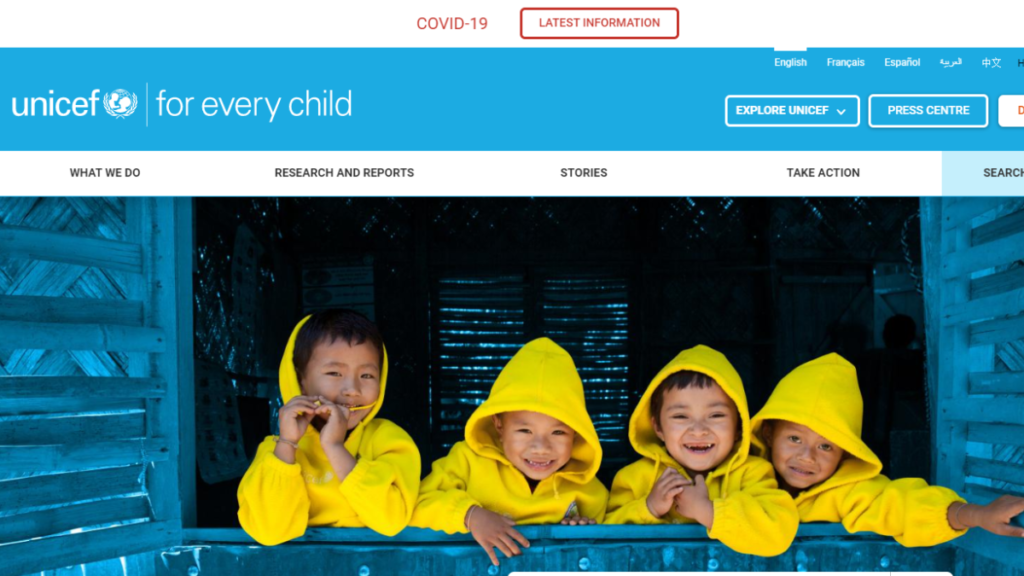As the worldwide pandemic continues to crescendo, the impact on children is becoming ever more tragic. “In a matter of months, COVID-19 has upended the lives of children and families across the globe,” said a UNICEF press release on March 20 announcing extensive guidelines for the Protection of Children during the Coronavirus Pandemic. “Hundreds of millions of children around the world will likely face increasing threats to their safety and wellbeing—including mistreatment, gender-based violence, exploitation, social exclusion and separation from caregivers—because of actions taken to contain the spread of the COVID-19 pandemic. UNICEF is urging governments to ensure the safety and wellbeing of children amidst the intensifying socioeconomic fallout from the disease.”
Besides urging that “the protection of all children [be] given the utmost consideration in disease control measures,” UNICEF warns that, “In many ways, the disease is now reaching children and families far beyond those it directly infects. Schools are closing. Parents are struggling to care for their children and make ends meet. The protection risks for children are mounting.” Addressing such challenges, the guidelines systematically identify various aspects of child protection risks and offer extensive suggestions for working across sectors and in cooperation with governments, emphasizing health, hygiene, nutrition, and education. The guidelines further recommend various priority child protection actions, emphasizing the role of family (a term that is undefined), and conclude by providing access to further resources.
Convinced that, as stated by the United Nations in its Declaration of the Rights of the Child, “mankind owes to the child the best it has to give,” we at the International Organization for the Family applaud the UNICEF guidelines while also pointing out that the declaration states that every child should, “wherever possible, grow up in the care and under the responsibility of his [or her] parents.” The reason is apparent. Referring to the “nuclear family” (defined by the Oxford Advanced Learners Dictionary as consisting of a father, a mother and their children), University of Virginia Professor Bradford Wilcox observes, “A nuclear family headed by two loving married parents remains the most stable and safest environment for raising children.”
For a child to grow up with her or his married mother and father is more than a good idea; it is, explains IOF founder Dr. Allan Carlson, what every child really needs and is entitled to: “Each child has a right to a mother. Each child has a right to a father. Each child has the right to a home built on marriage.” During the COVID-19 crisis and beyond, we urge society to provide children with “the best it has to give”—namely, as stated in our World Family Declaration, “a functional, nurturing family founded on marriage between a man and a woman [as] the surest safeguard of the special care and assistance to which children are entitled.” We repeat the call that rang out through the streets in the final days of the Warsaw Ghetto in World War II: “Save the children!”
